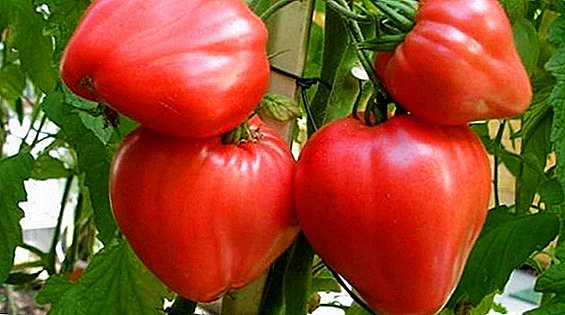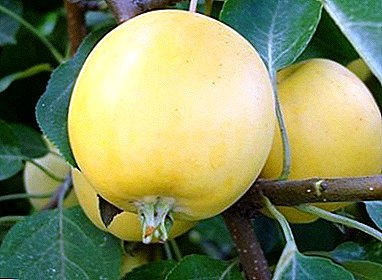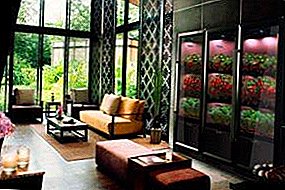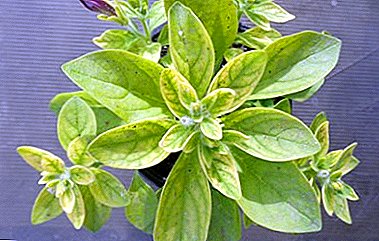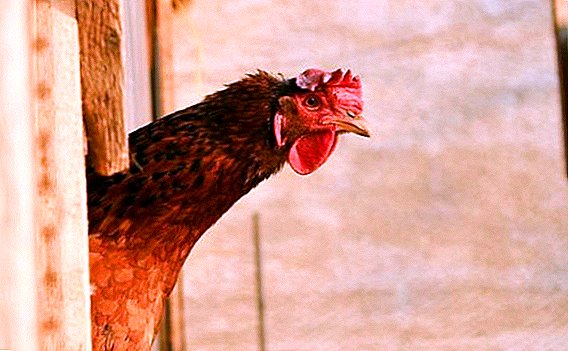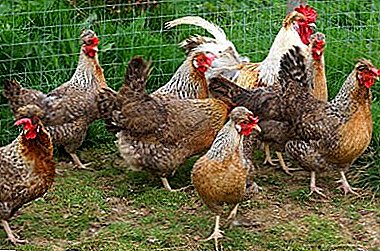
Breeders all over the world are interested in chickens that can carry eggs with colored shells. One of the most famous is the breed Legbar.
Individuals are attracted by both the original exterior and the amazing blue eggs. The breed has gained popularity all over the world due to low maintenance and high adaptability characteristics.
How did the breed appear?
 Legbar - rare and unique chickens. They were engaged in breeding scientists from Cambridge - Pease and Pennet. Initially, breeders planned to breed a new breed with autosex properties (sex determination based on the color of the down of the chicken in the first days of life), but at the same time maintaining high egg production.
Legbar - rare and unique chickens. They were engaged in breeding scientists from Cambridge - Pease and Pennet. Initially, breeders planned to breed a new breed with autosex properties (sex determination based on the color of the down of the chicken in the first days of life), but at the same time maintaining high egg production.
Legbar appeared by crossing leggorn, plymouthrock and kempinsky chickens. The resulting hybrid was named Golden Legbar due to its bright plumage, but a significant drawback was the low egg production. Later, Silver Legbar was bred, but the problem of egg laying could not be resolved. And only after crossing with Araucana turned out a worthy representative of the new breed - Kremovy Legbar.
Appearance and features
Representatives of the breed have a soft and silky plumage. A sign of the breed is a bright crest on the head (hence the second name is Crested Legbar). Individuals are mobile, can fly, require walking. Rooster breeds are powerful birds with a strong body constitution.
Their distinguishes the body of a wedge-shaped form, wide sternum, flat back. What other signs are characteristic of the species Legbar?
- Full tail, tilted strictly at an angle of 45 degrees.
- The wings fit snugly to the body.
- Light earrings.
- Thin, but steady paws.
Color features
Color depends on the gender of the bird. Roosters feathers are light beige, brown stripes are clearly visible. In chickens, the color is darker and the stripes are blurred. The real members of the breed have a cream (recessive) genewhich brightens the color to light straw.
Differences from other species
Cream Legbar is distinguished by the variegated color of the down of chickens and the blue (olive) color of the eggshell. Chickens have a small crest on their heads, while the roosters have practically no heels. Also, individuals may differ shade of plumage in adulthood (golden, silver).
A photo
View photos of this breed of chickens:


Characteristics and quantities
Breed by type refers to the meat and egg. The live weight of the rooster reaches 3 kg, chicken - 2.6 kg. Laying eggs begin laying eggs as early as 6 months (weight of 1 egg is up to 60 g). Egg production per year from one chicken - 200-220 pieces. The color of the shell varies from blue to light green. Color intensity varies over the life of the chicken.
Advantages and disadvantages
When describing the advantages of the breed of chickens, poultry farmers distinguish the quiet character of individuals, the unusual color of eggs and the good health of chickens. Another obvious advantage is the exact definition of the sex of the chicken.
Among the negative reviews about the breed note:
- reduced egg laying at low temperatures;
- a sharp drop in egg production after 2 years of keeping;
- loss of incubation instinct in laying hens.
Maintenance and care
 Growing individuals and caring for them depends on the season. In the summer, the best option is a semi-pasture maintenance (permanent access to the paddock). In winter, it is better to keep the birds in a lighted and warm barn. Legbars suffer no walks in the winter, but a sharp decrease in temperature in the house prevents productivity.
Growing individuals and caring for them depends on the season. In the summer, the best option is a semi-pasture maintenance (permanent access to the paddock). In winter, it is better to keep the birds in a lighted and warm barn. Legbars suffer no walks in the winter, but a sharp decrease in temperature in the house prevents productivity.
Ventilation in the chicken coop is provided with ordinary vents. It is especially important to maintain cleanliness: changing the litter is required every week, and general cleaning and disinfection should be carried out 3 times a year.
Cream barges should be made from round poles (20 cm per 1 chicken). Height - 1 m from the floor, the distance from each other - 50 cm. The best option - perch in the form of a ladder.
Feeding
In a separate trough should always be limestone, chalk, shell (sources of calcium). In the summer, greens and vegetables should be included in the diet. When feeding with a wet mash it is necessary to ensure that the chickens immediately eat it (otherwise it will sour and deteriorate). Layers drink a lot of water: 2 times more than feed. Provide constant access to clean water. It is necessary to change it 3 times a day in summer and 2 times a day in winter.
Breeding
Due to the brooding instinct of incubation, the incubator is the preferred breeding option. For incubation suitable eggs of medium size, without damage to the shell. During this period, you need to regularly turn the eggs, monitor the temperature and humidity.
Chickens are tough. At the age of one day, they have a sex difference: for future roosters, the down is lighter and the head has a dark spot. Feed babies need corn grits, gradually adding grass, bone meal and top dressing.
IMPORTANT: Cream Legbars are calm birds with a peace-loving character. With the growth of chickens, it is important not to scare and not tease them (they can become aggressive). Laying eggs have high egg laying rates; all members of the breed have good immunity.


